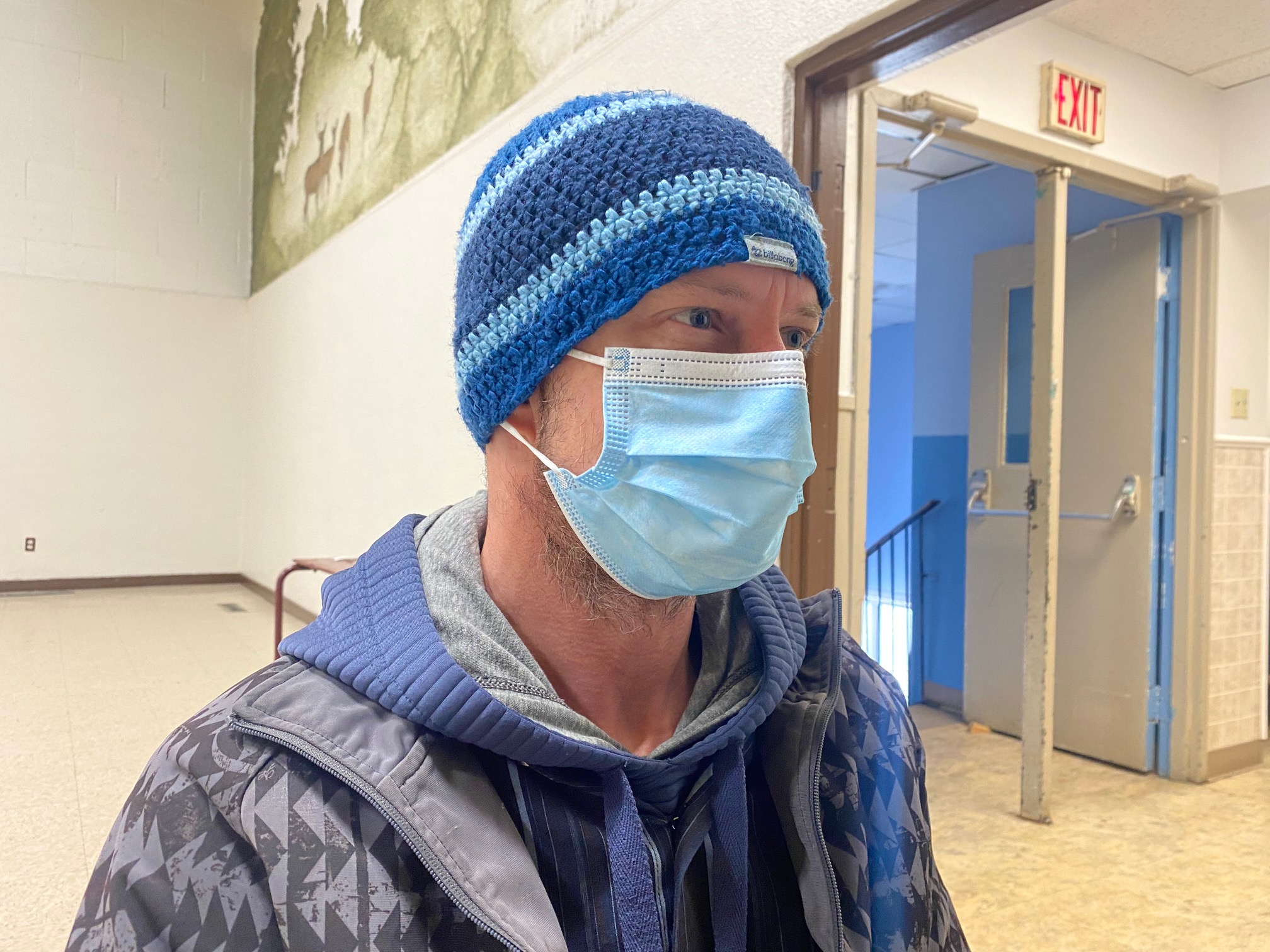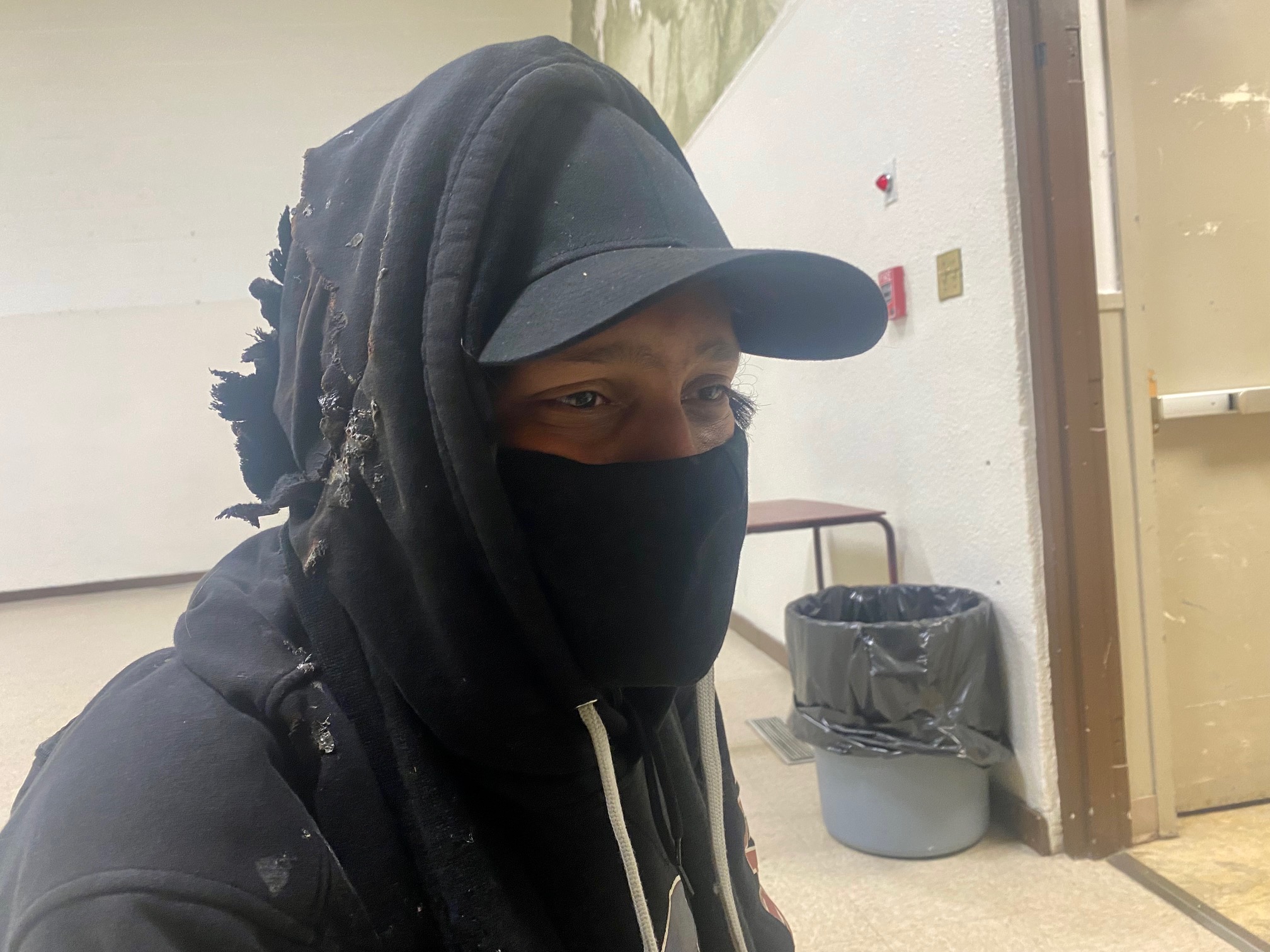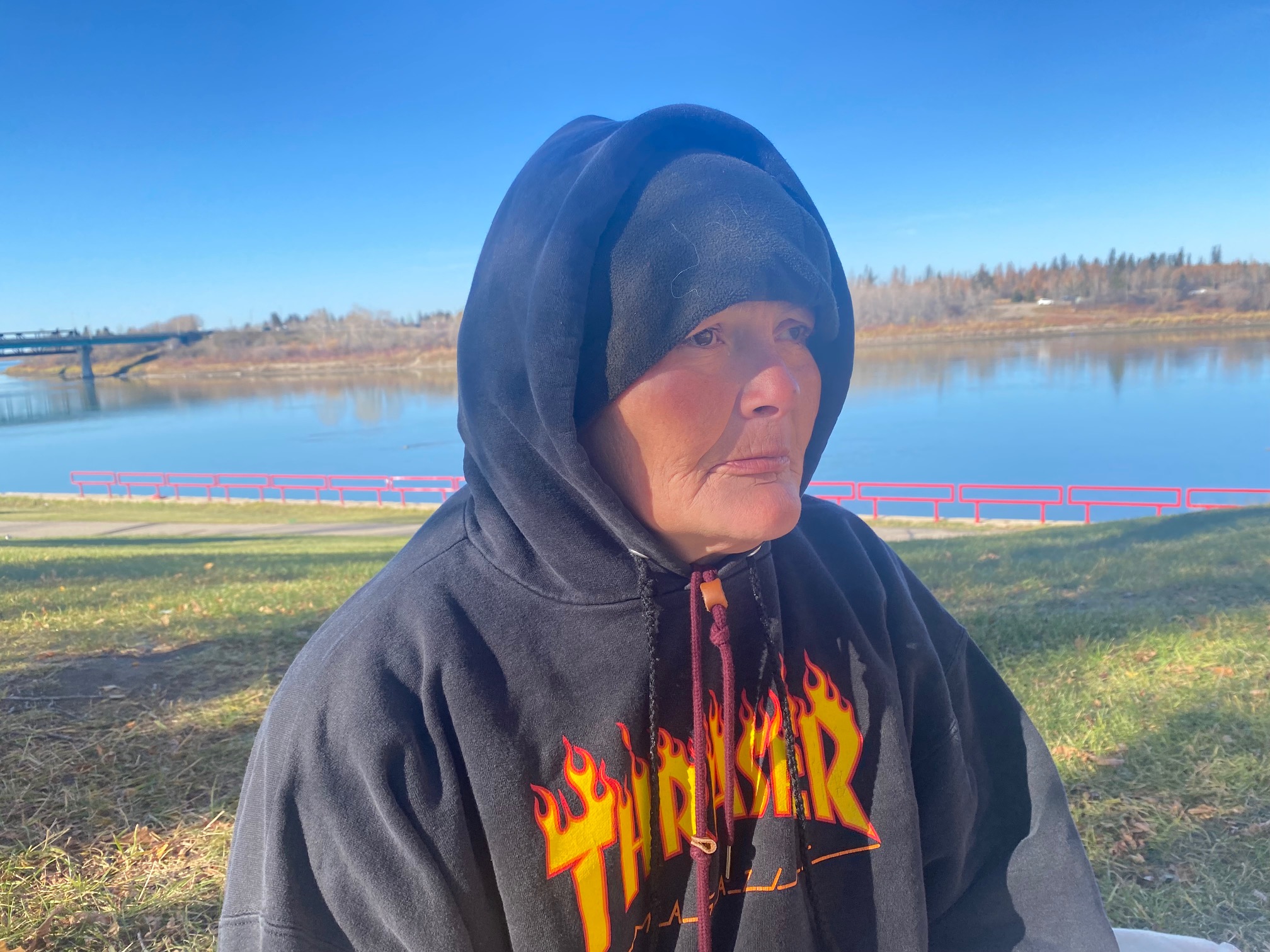
‘It is a struggle every day’: The faces of Prince Albert’s homeless community
While a plan to address the City of Prince Albert’s homelessness issue remains in the works, a key voice missing from the discussion so far has been the one that represents the people who sleep on the city’s park benches or find shelter at night under a cardboard box.
The discovery earlier this week of a small tent community (one of several in the city) on the city’s east side, has further highlighted the need for a community solution.
And while representatives from both the city and the multiple services groups have each discussed their own thoughts related to solutions and challenges, paNOW set out this week to add a different perspective to the conversation. Here are the stories of four people who live on the streets.
Cecilia Sewap





